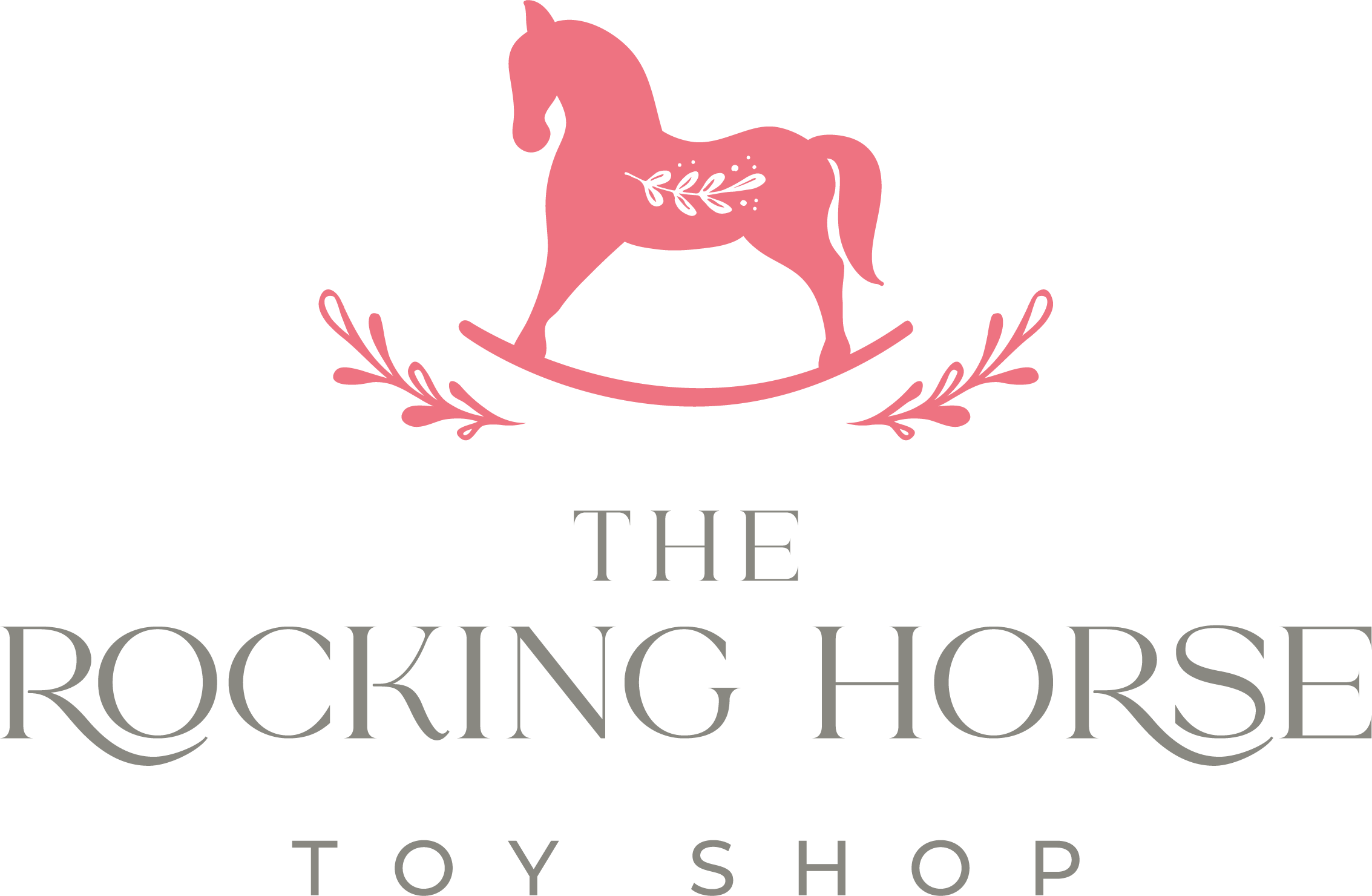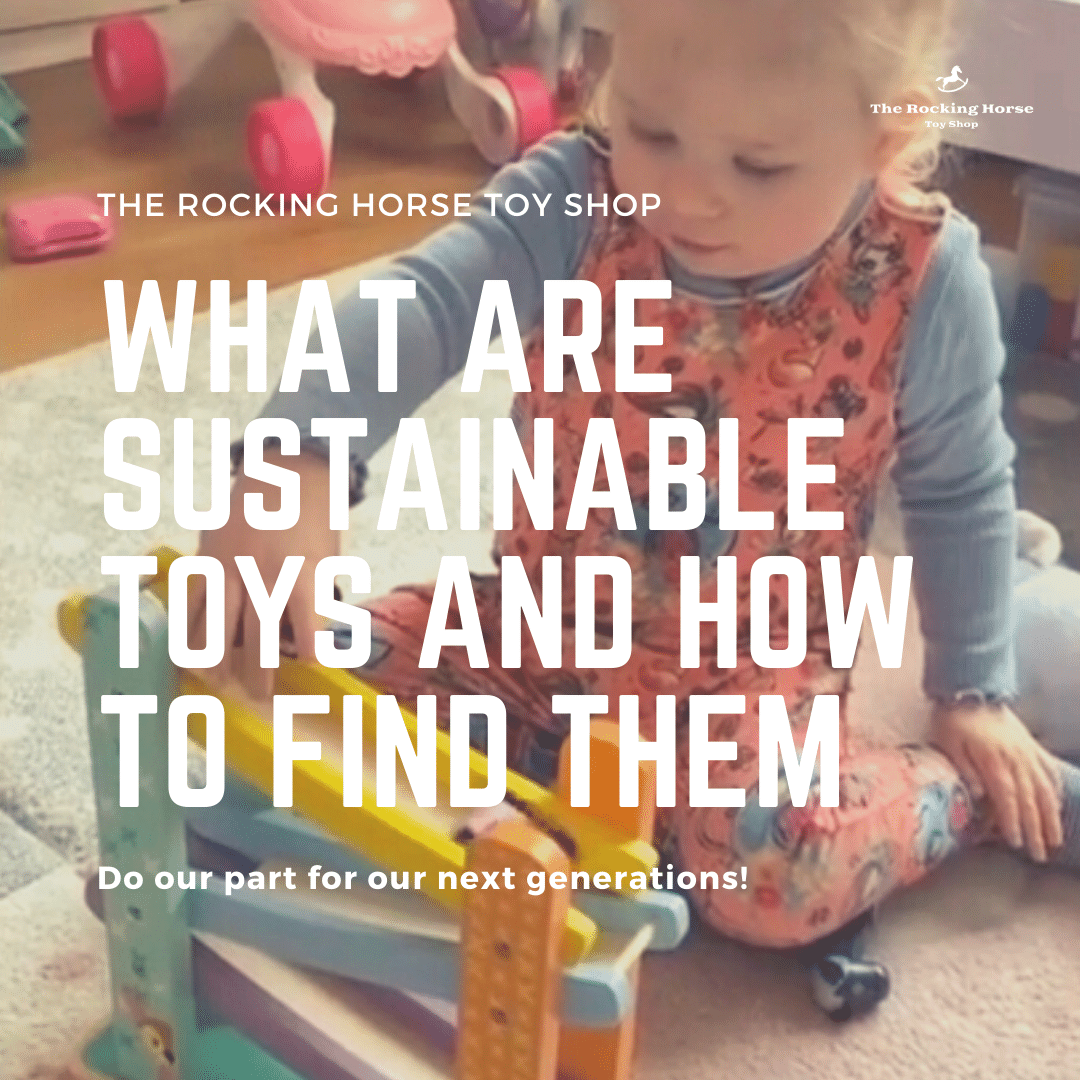What are sustainable toys and How to find them
In this article, we explore the understanding of sustainable toys, and how to find them for your little ones. We will discuss what are sustainable toys, what kind of materials are sustainable for toys, and how to select and find them for your baby and children.
The toy industry represented a large and growing market in the UK alone, with a total of 337 million toys with a value of £3.2bn were sold in the UK in 2019 according to analysts NPD (according to this BBC article).
In the day and age when we seek to reduce plastic and unsustainable materials, the toy industry hasn’t quite caught on yet, with far larger quantities of virgin plastic materials being used to allow them to last a lot longer than we would need them to. It is only logical for us to seek more sustainable toys if we want to be more environmentally conscious in our consumer’s choices.

What Are Sustainable Toys?
First things first, what are sustainable toys you may ask. There are many definitions of this term ‘sustainability’ when it comes to toys. Generally speaking, we need to consider the whole cycle of making and obtaining the toy.
It can be assessed by calculating the energy used to extra, process, and create the raw materials, used on shipping and delivering the products to end-users, and energy used to recycle and dispose of the toy at the end of its life.
We observed the practices and believe sustainable toys can be any of the following:
- Made from renewable, recyclable and preferably natural materials
- Can be recycled, biodegraded, or renewed at the end of their life
- With low or no carbon gas being released, and unwasted resources being used (such as water) during the production process, hence not polluting the environment
- Produced and delivered from as close to the end-users as possible to reduce the Co2 emissions on shipping
Not only that, but we should also consider the harmful substances that may be involved in the production process or as part of the toy components.
What kind of materials are sustainable for toys
Many of you will automatically assume sustainable toys mean wooden toys. When you consider our points above, it doesn’t necessarily mean you have to purchase wooden toys. It also doesn’t mean all wooden toys are sustainable.
Based on the loose definitions above, you don’t always have to buy wooden toys to be a sensible sustainable toy consumer.
First, let’s do talk about wooden toys. There are two types of wood materials can be considered as more sustainable than other wooden toys:
- Certified Sustainbly Sourced Wood / Sustainably sourced wood
- Reclaimed Wood
And you can read more about what reclaimed wood means in our article here.
Also, think about the paints that most wooden toys will have on. We have a great article to help you understand more about what paints are safe for your little ones.
Second, fabric choices on soft toys and other toys with fabric can be sourced more sustainably when possible. When it comes to cotton or other fabric-related materials, we can look at two leading standards in the world: GOTS and OEKO-TEX 100 Standard.
If you can find toys that are created and certified under these two regimes, you are more likely to be consuming more sustainable toys.
To learn more about what GOTS and OEKO-TEX are, please read our blog articles:
- What is GOTS and why choose organic cotton baby and soft toys?
- What does Oeko-Tex mean? What is the difference between Oeko-Tex and Organic?
How to select and find sustainable toys for your baby and children
There are many ways you can consider to source more sustainable toys for your little ones. Here are some suggestions for you:
- Avoid all plastic toys and toys that require batteries to operate
- Select wooden toys that come from sustainable sources (refer to our suggestions above)
- Select soft or fabric toys made from organic cotton, hemp, or other eco-friendly materials rather than synthetic fabrics
- Select soft or fabric toys that do not involve harmful substances and production processes
- Consider the longevity of the toys, to allow the toys to be shared among siblings, cousins, and friends
- Buy secondhand items
- If you are crafty, make your own toys from natural materials
- Using spare materials or rubbish from your home to create playable items
Our mission to support sustainable goods
We hope you have enjoyed reading this article and have found it useful.
Within our shop, we are working the hardest to head our store to support products that are environmentally sustainable. We do source many of our wooden toys from a sustainable source already. Our products include both certified sustainably sourced and those who were made from reclaimed wood and rubberwood. You can certainly shop with confidence.
Not only are they kind to the environment, but they are also really well made. Our customers certainly can prove that to you. We aim to source from smaller toy suppliers as opposed to big toy players to support smaller businesses and particularly, UK businesses whenever possible.
Please find our full collection of wooden toys available here.
Not only with the wooden toys, we also offer Oeko-Tex 100 standard certified teepees and canopies sets, and fairtrade made playhouses and tents. You can see our collection here. 


